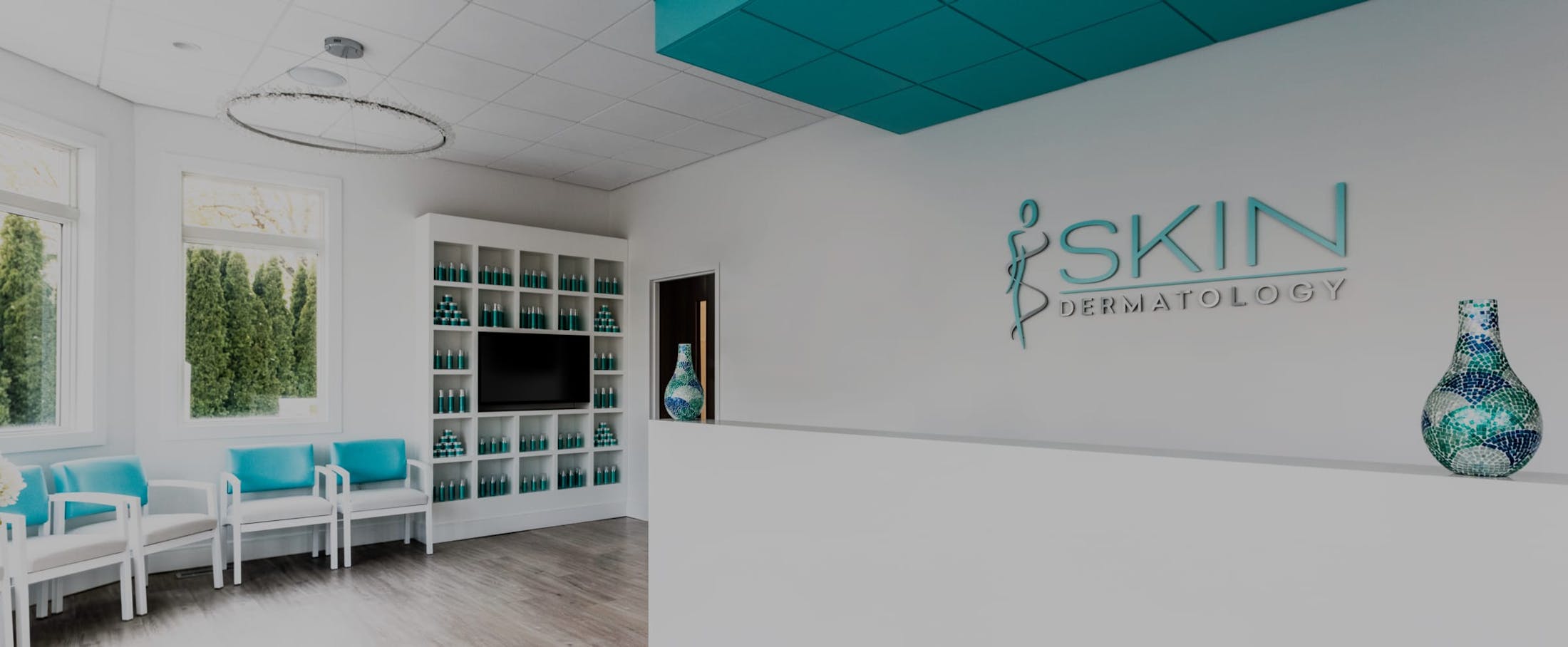Precancerous skin lesions may look harmless, but many skin cancers begin with these abnormalities. Proper treatment or removal of these lesions can help protect your health.
What is a Precancerous Skin Lesion?
A precancerous (benign) lesion is an area of the skin that is different than the surrounding skin. It has the potential of becoming cancerous. This lesion can be a dry patch, sore, growth, a colored mole, or simply an area of skin that isn’t normal.
At Skin Dermatology, Dr. Lamoureux offers many different treatments for removing these precancerous lesions, all of which are performed in her modern office in Shrewsbury, Massachusetts.






